#National Historic Landmark
Text
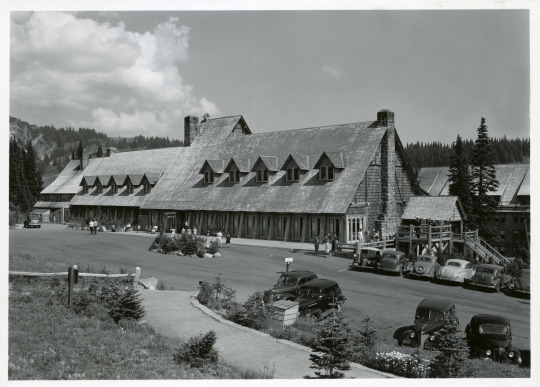

Mount Rainier National Park Archives Photos of the Paradise Inn exterior in 1940-41 (top) and NPS Photo of the Paradise Inn in 2018.
The Paradise Inn was built in 1917 by the Rainier National Park Company concessionaire. While built of wood and stone similar to other NPS rustic-style buildings found in the park, the Paradise Inn is more “whimsical” in design and meant to be reminiscent of European alpine resort architecture. The Paradise Inn is part of the Mount Rainier National Historic Landmark District but is also independently designated a National Historic Landmark for its architectural style.
One of the popular features of the Paradise Inn are the lanterns in the lobby painted with wildflowers. When the inn first opened, it had Japanese lanterns in the lobby, as seen in this 1919 photo of the interior:

Mount Rainier National Park Archives Photos of the Paradise Inn interior in 1919 with Japanese lanterns.
The first lampshades featuring wildflowers were added in the 1930s, mostly painted by the wives of rangers at the time, and the current lampshades were painted by retired Chief Naturalist Dale Thompson in 1989.

NPS Photo of wildflower lanterns inside the Paradise Inn, 2018.
Have you visited the Paradise Inn during the summer and viewed the wildflower lanterns in the lobby?
#Mount Rainier History#mount rainier national park#Paradise Inn#Paradise#history#architecture#national historic landmark#national historic landmark district
54 notes
·
View notes
Text
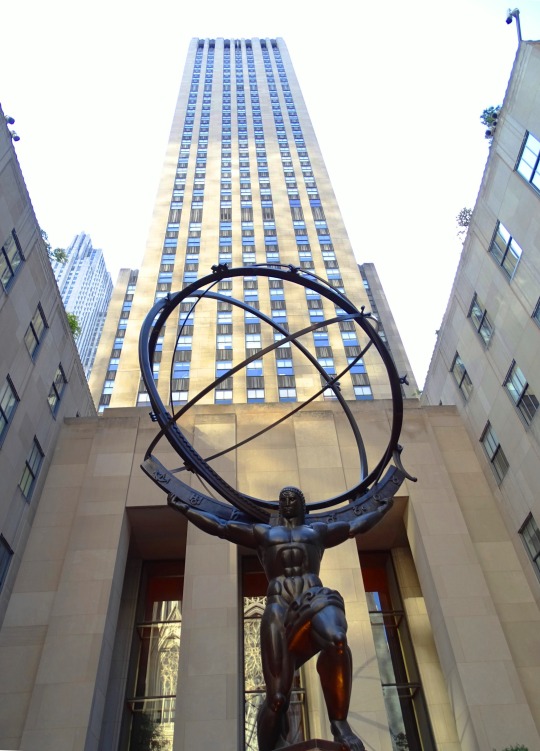



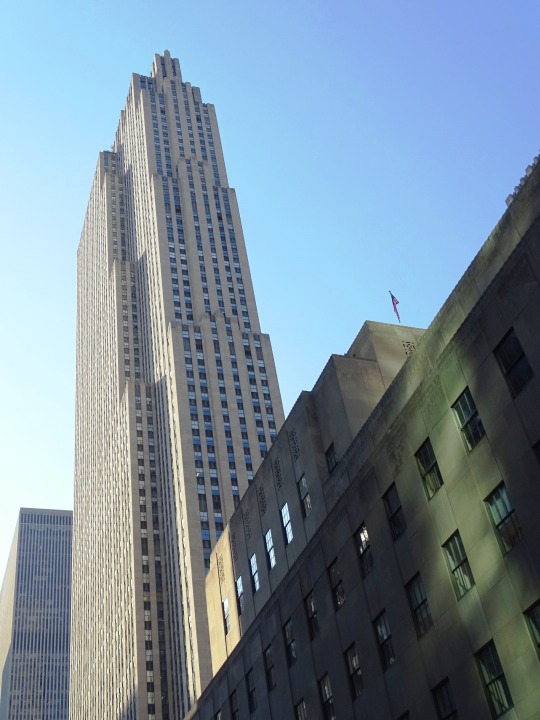

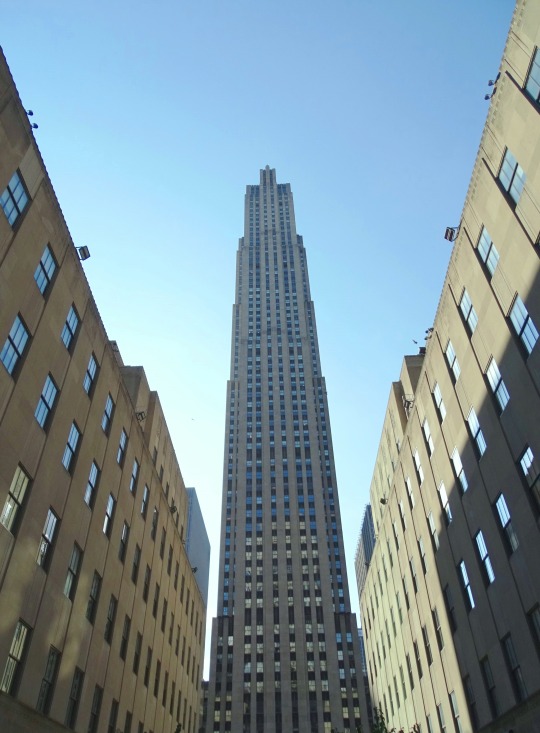


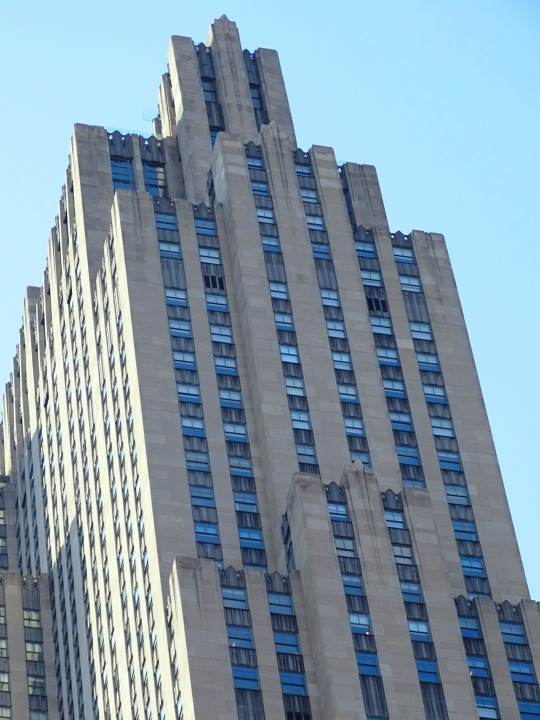

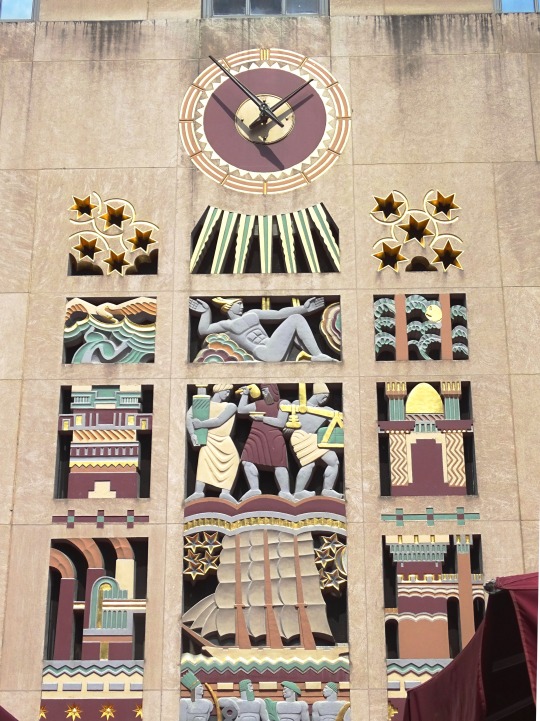





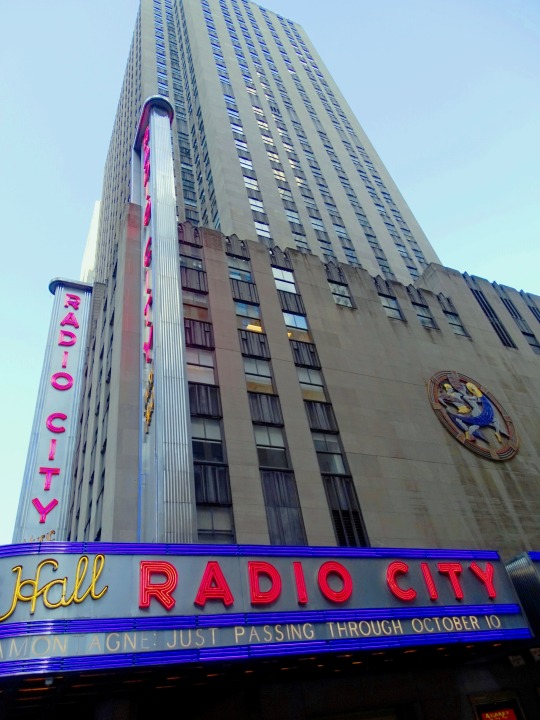


Rockefeller Center declared a National Historic Landmark on September 26, 1988.
#Rockefeller Center#National Historic Landmark#26 September 1988#USA#US history#Radio City Music Hall#Art Deco#Manhattan#travel#New York City#summer 2018#2019#original photography#Raymond Hood#landmark#tourist attraction#daylight#night shot#30 Rock#public art#sculpture#Atlas by Lee Lawrie & Rene Paul Chambellan#International Building#facade#35th anniversary
108 notes
·
View notes
Photo

A “spirited” game of chess at the Trans-Allegheny Lunatic Asylum. Of course, the very engaging tour guide mentioned how the chess pieces, among many other non-fixed objects in the building, tend to move without the intervention of earthly fingers. On the other hand, it’s worth noting that a pack of raccoons has apparently been squatting in the building for some years now; their pawprints are everywhere. This leads me to wonder how many paranormal events have actually been staged by mischievous procyonids.
#appalachia#vandalia#west virginia#trans-allegheny lunatic asylum#weston state hospital#historical sites#national historic landmark#artifacts#the raccoons did it
92 notes
·
View notes
Text
Dinofact #92
The site where the first and only specimen of Hadrosaurus was discovered is now a National Historic Landmark, known as the Hadrosaurus foulkii Leidy site. Hadrosaurus represents the first dinosaur species to be known from more than isolated teeth identified in North America.
Source: Wikipedia
#dinosaur#dinosaurs#paleontology#hadrosaurus#hadrosaur#hadrosaurine#hadrosaurinae#hadrosaurs#hadrosaurines#hadrosaurid#hadrosaurids#hadrosauridae#north america#landmark#historic landmark#landmarks#historic landmarks#national historic landmark#national historic landmarks#hadrosaurus foulkii leidy site#fun facts#trivia#dinosaur trivia#dinosaur fun facts#27th#november#2022#november 27th#november 2022#november 27th 2022
16 notes
·
View notes
Text

The Armour–Stiner House is an octagon-shaped and domed Victorian-style house located at 45 West Clinton Avenue in Irvington, in Westchester County, New York. It was designated a National Historic Landmark in 1976. It is the only known fully domed octagonal residence. The house was modeled after Donato Bramante’s 1502 Tempietto in Rome, which in turn was based on a Tholos, a type of ancient classical temple. This house is open for tours. Photo and more info @armourstiner
#Victorian#Victorian house#octagon house#domed house#National Historic Landmark#Armour Stiner House#Westchester County NY
12 notes
·
View notes
Text
Woo! After living in Florida for 36 years, I finally got to go to Bok Tower Garden at the beginning of this month (with special thanks to my dad for going with me).


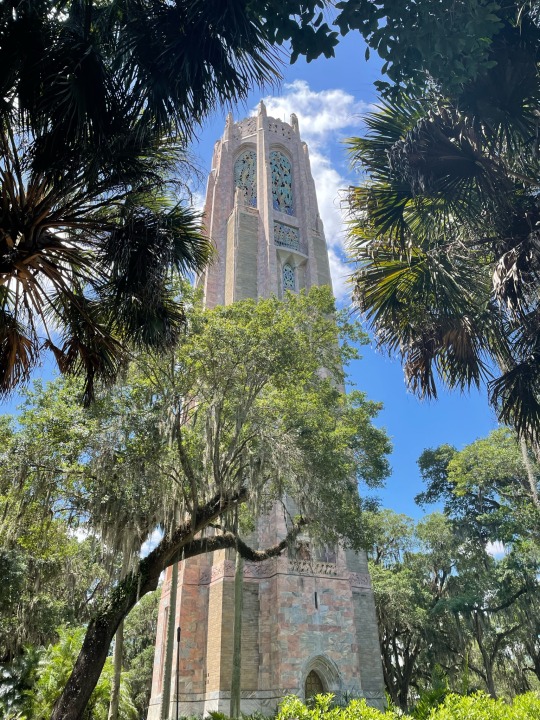
It was tough to get a photo of the front side that really showed off how pink the tower is because of the angle of the sun at the time but it’s made of pink and gray quartz and coquina stone. This is basically an Art Deco Floridian wizard tower, library, study, and all. There are 60 bells up there that chime on the hour and we were sitting right beside it at noon :D (More info here including some close ups of the sculptures)

Above is the entrance/visitor center with cafe and gift shop.
Florida is pretty flat but the tower and surrounding gardens are built on one of the highest points so the view is pretty incredible:

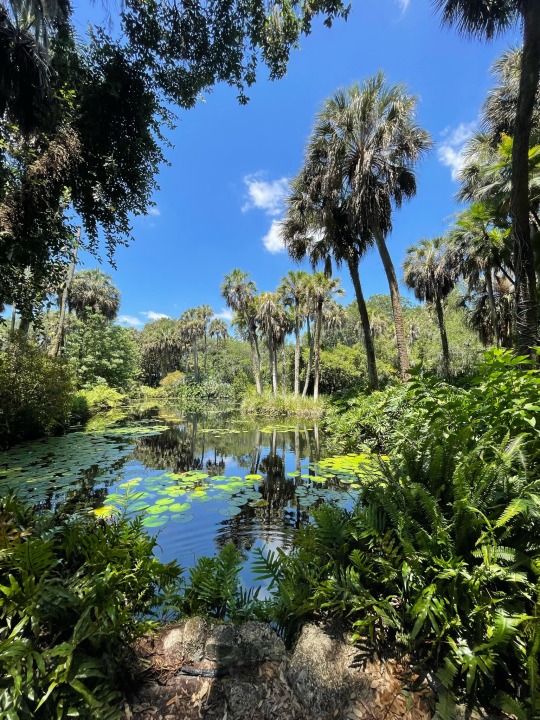

Bonus points to them for having rather large carnivorous plant gardens:

And a random peaceful stream video from the point where I missed my turn on the path and ended up in their wetlands garden:
#florida nature#Florida things#florida garden#gardens#public garden#national historic landmark#mo’s ramblings and such#pretty places#nature#architecture#art deco architecture
31 notes
·
View notes
Text



The Rockingham Meeting House and Cemetery.
Rockingham VT 7/29/23
2 notes
·
View notes
Text
Kansas: Scott Lake State Park
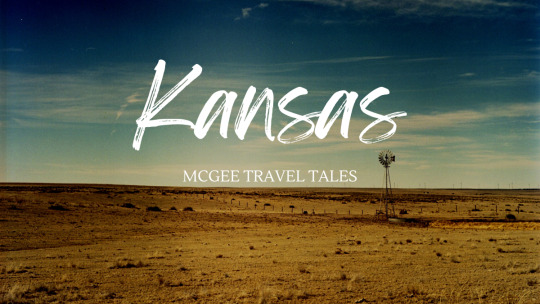
View On WordPress
#El Cuartelejo#El Quartelejo#Historic Scott Lake State Park#Kansas#Keystone Gallery#National Historic Landmark#Native American Site#Pueblo People
2 notes
·
View notes
Photo

https://neutra-vdl.org/
#Neutra VDL#studio#residences#national historic landmark#architecture#culture#art#Los Angeles#typography#type#typeface#font#Akzidenz Grotesk#2022#Week 22#website#web design#inspire#inspiration#happywebdesign
14 notes
·
View notes
Text
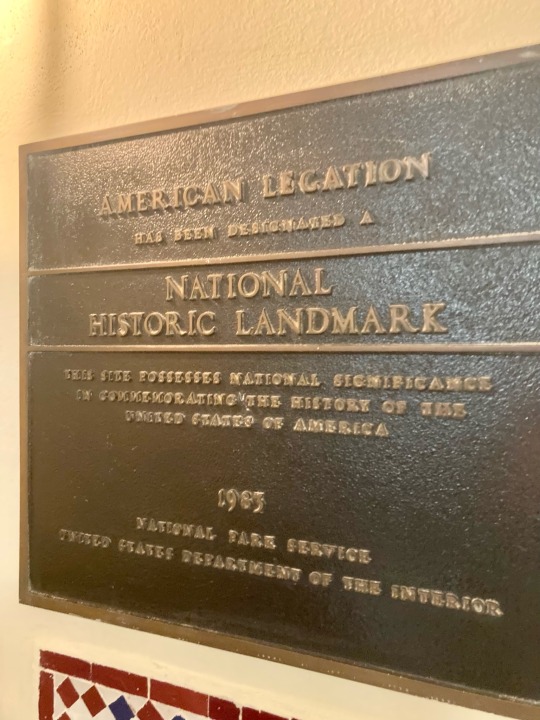
#Tangier American Legation Museum#National Park Service#national historic landmark#sign#Tangier#Morocco
0 notes
Text
'To reach the spot where the nuclear age was born and human history swung, turn off of Route 380 at Stallion Gate on the northern edge of the US Army’s White Sands Missile Range, not far from the tiny desert town of Socorro, New Mexico. Drive through the flat, dry, empty scrub the Spanish called Jornada del Muerto, or the Journey of Death, ringed at the horizon by the Sierra Oscura, the Dark Mountains.
After 17 miles or so you’ll reach a vast parking lot that stands largely empty much of the year. Walk past a mangled 200-ton steel tube called Jumbo, and stand before a stone obelisk mined from nearby volcanic rock. The words on the plaque will tell you where you are: Trinity Site — where the world’s first nuclear device was exploded on July 16, 1945.
Trinity has largely faded from the public consciousness, overshadowed first by the horror of the atomic bombings of Hiroshima and Nagasaki, and later altogether as the fear of the bomb itself began to recede in the post-Cold War era. After World War II, the Interior Department tried to create a national monument at Trinity Site, but its efforts were continually frustrated by the military, which wanted to retain White Sands to test its growing inventory of missiles away from the public.
In truth, Americans have never known what to think about Trinity, simultaneously the greatest of technical and scientific achievements, the culmination of the Manhattan Project, and the birthplace of the first weapon of mass destruction, where the means to kill millions was tried and tested. It wasn’t until 1975 that Trinity Site was finally declared a National Historic Landmark — a few ranks down from a National Historical Park — and even now it remains largely closed to visitors, save for two Saturdays a year in April and October.
You can expect crowds to grow this fall, because the Trinity test is the hinge of Christopher Nolan’s hit biopic Oppenheimer, on the man behind the Manhattan Project. But what does it feel like to stand at the spot of Ground Zero, the site where, as Matt Damon’s General Leslie Groves says in the film: “the most important fucking thing to ever happen in the history of the world” actually happened?
The day the sun rose twice
I had a chance to visit Trinity Site myself in the spring of 2018, when I was researching my book End Times: A Brief Guide to the End of the World. I’m not sure what I expected as I broiled under the New Mexico sun. A moment of existential clarity? Some monument that represents the enormity of what happened here, the moment and the place where human beings demonstrated that they would now have the power to destroy themselves?
But save for a two-inch chunk of concrete left from the original tower, and the bits of glassy green called trinitite that were liquified in the blast before falling to the earth as hardened shards, there’s little indication at Trinity Site today of what occurred more than 70 years ago. And even the more immediate aftermath left some of the witnesses underwhelmed. A few weeks after the test, Gen. Groves, the director of the Manhattan Project and Oppenheimer’s boss, was driven out to the site on an observation trip. A Manhattan Project physicist remembered Groves looking at the crater left by the first atomic bomb and remarking: “Is that all?”
But no one who witnessed the day the sun rose twice ever forgot the experience, a fact ably captured in Nolan’s magisterial recreation of the event. The day of my visit to Trinity, frame-by-frame photos of the moments after the bomb’s detonation were arranged against the fence. Here’s how I described it in my book:
At 0.006 seconds there is a bubble of perfect light, as if the dawn itself had blossomed suddenly out of the desert ground. The heat of the blast is thousands of times hotter than the surface of the sun, and the light in that single moment was a dozen times brighter. At 0.025 seconds, the bubble head keeps rising, while a fringe of fire spreads across the ground…
At 0.053 seconds, that perfect bubble begins to lose its clarity, becoming diffused and unfocused, as if overwhelmed by its own energy, while the inferno at the surface expands, gouging out the earth below. At this point every living thing within a radius of a mile is dead, or will be soon.
At 0.10 seconds, the blast looks like nothing less than a halo on the head of some Renaissance painting of Christ, as the exposure itself begins to degrade. The atomic heat has made the air grow luminous, as the force of the shock wave expands outward, shredding the matter in its path. Everything is ravaged, everything is burned.
And at 15 seconds after detonation comes the familiar image of the mushroom cloud, what the art historian John O’Brian called “the logo of logos of the 20th century” ... That mushroom cloud — like nothing seen on Earth before — is the result of intense heat at the heart of the blast, causing the air to rise in a column, before it spreads out in a mushroom’s cap.
In their definitive biography American Prometheus, the source material for Nolan’s film, Kai Bird and Martin J. Sherwin wrote that no one can know what flashed through the physicist’s mind as he beheld the thing that he, more than any other person, had willed into being. Oppenheimer’s brother Frank remembered that, “I think we just said, ‘It worked.’”
More than his words, it was Oppenheimer’s countenance in the aftermath that was telling, another moment Nolan captures perfectly. The Manhattan Project physicist Isidor Isaac Rabi recalled it this way: “I’ll never forget his walk. I’ll never forget the way he stepped out of the car…his walk was like High Noon…this kind of strut. He had done it.”
Yet the site of Trinity itself today contains nothing of this triumphalism, just as it has nothing to say about the tens of thousands of people who would be killed in a few short weeks by the descendants of that original bomb.
Was it a scientific victory? An unmitigated horror? All a visitor to Trinity has is their thoughts, a bare plaque, and the silent, endless desert that surrounds them.
Where the ending began
How should we remember Oppenheimer and Trinity? Far better than we do now. Despite Bird and Sherwin’s biography, which won the Pulitzer Prize in 2006, and Richard Rhodes’s equally great 1986 book The Making of the Atomic Bomb, which features Oppenheimer as a central character, both he and the test itself have received far less than their due. Oppenheimer wasn’t a president or a general, and while an excellent theoretical physicist, he was not among the 20-some scientists connected to the Manhattan Project who had already won or would go on to win a Nobel Prize.
And yet without Oppenheimer’s ability to motivate and corral fractious scientific egos, and the sheer drive that was a product of what Groves called his “overweening ambition,” the Manhattan Project would likely never have succeeded. And Trinity was the proof of that success. Nolan’s film goes a long way toward correcting that score.
But Oppenheimer’s success contained within it the seeds of its own destruction — something Oppenheimer himself, a lifelong student of Hindu thought, might have appreciated. At the end of the film, Oppenheimer is seen visiting Albert Einstein on the peaceful, leafy campus of the Institute for Advanced Study at Princeton, far removed from Trinity’s bare desert. Oppenheimer reminds the older scientist of an earlier conversation, when Manhattan Project physicists worried that a nuclear bomb might inadvertently ignite the atmosphere.
“When I came to you with those calculations, we thought we might start a chain reaction that might destroy the entire world,” Oppenheimer says.
“What of it?” Einstein replies.
“I believe we did,” Oppenheimer says.
What is Trinity Site? It is the place where those calculations were proven in nuclear fire, the Ground Zero where one possible end for us all began.'
#Oppenheimer#Einstein#Trinity Test#Institute for Advanced Study#Princeton#The Manhattan Project#Christopher Nolan#Matt Damon#Leslie Groves#National Historic Landmark#End Times: A Brief Guide to the End of the World#American Prometheus#Kai Bird#Martin J. Sherwin#The Making of the Atomic Bomb#Isidor Isaac Rabi#Richard Rhodes
1 note
·
View note
Text

Mount Rainier National Park Archives Photo of the South Blockhouse in 1930.
#HistoricMountRainier The design of the Sunrise area departs from the “NPS Rustic” style set by the Longmire Area, and is instead inspired by early territorial outposts of the Pacific Northwest. Two “blockhouses”, a visitor center, and a stockade fence that hides the area’s utility yard are collectively known as the Yakima Park Stockade Group. The Stockade Group is separately designated as a National Historic Landmark for its architectural significance in addition to being part of the Mount Rainier National Historic Landmark District.

Mount Rainier National Park Archives Photo of the Sunrise Visitor Center under construction circa 1943.
The Stockade Group was not built simultaneously. The South Blockhouse was one of the first buildings to be built in the area in 1930. It served as an interpretive center and ranger station until the visitor center was built in 1943. The North Blockhouse was completed in 1944. Both blockhouses currently serve as employee housing.

NPS Photo of the Yakima Park Stockade Group in 2015.
Have you visited Sunrise during the summer and stopped in the historic visitor center?
#mount rainier national park#mount rainier#Sunrise#Sunrise Visitor Center#Yakima Park Stockade Group#national historic landmark district#national historic landmark#history#architecture#PNW History
34 notes
·
View notes
Photo
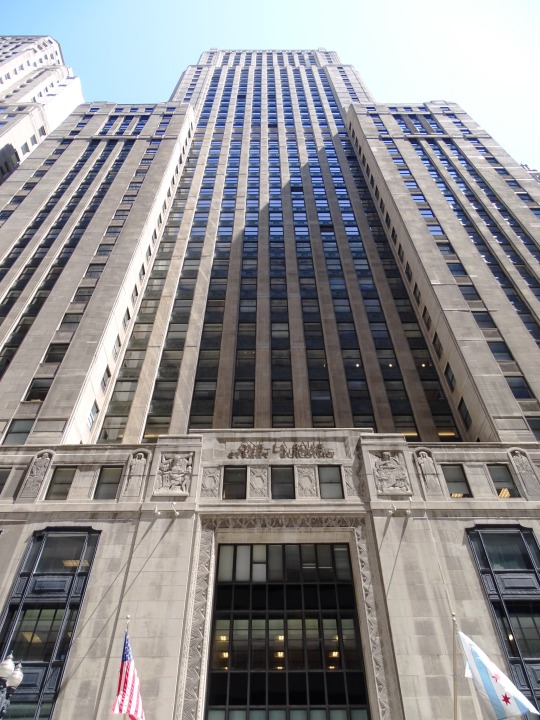
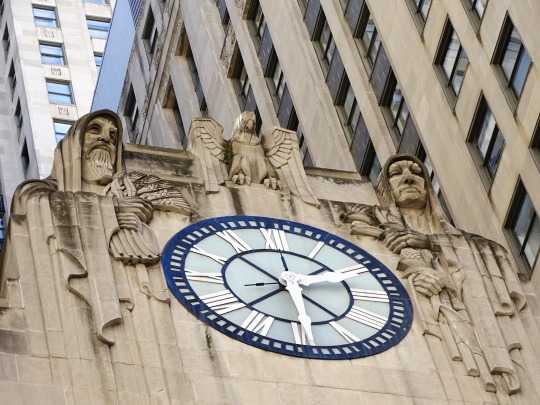

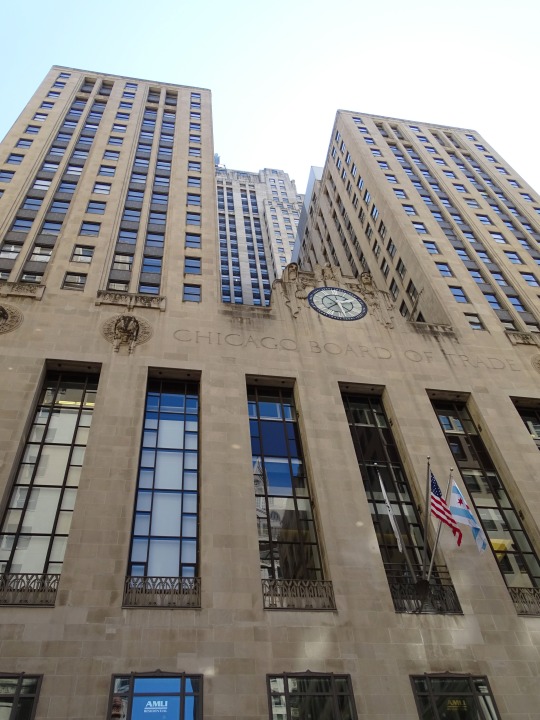





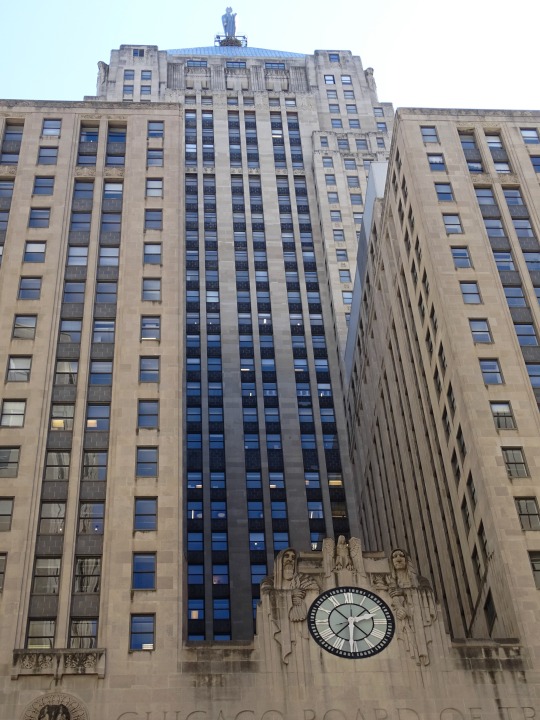
The Chicago Board of Trade Building was listed as a National Historic Landmark on June 2, 1978.
#Chicago Board of Trade Building#National Historic Landmark#2 June 1978#45th anniversary#US history#Art Deco#exterior#141 W. Jackson Boulevard#Holabird & Root#the Loop#Financial District#clock#Ceres#landmark#tourist attraction#original photography#summer 2019#Illinois#travel#USA#Great Lakes Region#Midwestern USA
8 notes
·
View notes
Photo

Antique Ruud water heater (Trans-Allegheny Lunatic Asylum).
#appalachia#vandalia#west virginia#trans-allegheny lunatic asylum#weston state hospital#historical sites#national historic landmark#antique#water heater#ruud
72 notes
·
View notes
Text
Secret Virginia Podcast Episode 14: George Washington's Mount Vernon
#secretvirginia #virginia #podcast #mountvernon #georgewashington
Appearances are deceiving at George Washington’s Mount Vernon. Does his spirit still linger in the room where he died? Join our host, the mercurial Morella Belle, for Season 2 of the Secret Virginia Podcast, where we explore the hidden mysteries of the Old Dominion and its neighbors.

View On WordPress
0 notes
Text
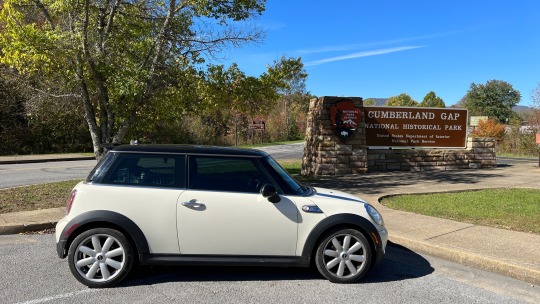

Cumberland Gap and gorgeous twisties up to Pinnacle Overlook
0 notes